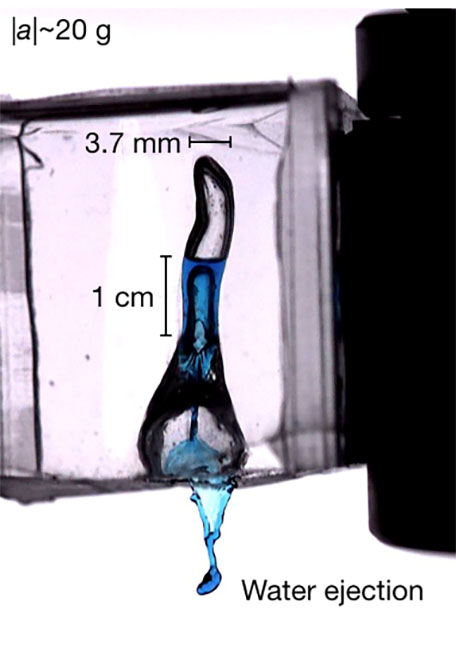In a study of mice, researchers identified a mechanism that causes post-infection neurological problems
Tag: Brain Damage
Post-COVID condition is not linked to ongoing infection or active brain damage
Post COVID-19 condition does not appear to be linked to direct viral invasion of the brain or active brain damage. This has been shown by a study at the University of Gothenburg. Searching for abnormal biomarkers among the participants yielded no hits in either blood or cerebrospinal fluid samples
Older consumers of alcohol have a greater vulnerability to accelerated brain aging
Alcohol use disorder (AUD) is a common neuropsychiatric disorder marked by neuropsychological deficits and neurocircuitry brain damage that can lead to serious negative consequences for family, work, and personal well-being. Researchers will share their published findings on the adverse effects of AUD on the brain and its interaction with aging and postural instability at the 46th annual scientific meeting of the Research Society on Alcohol (RSA) in Bellevue, Washington.
Study Could Change Assumptions about Helmet Safety
A new study led by researchers at New York Institute of Technology College of Osteopathic Medicine (NYITCOM) could change public perceptions about helmet safety.
Case Study Shows COVID-19 Can Be Transmitted from Mother to Baby Through Placenta, Causing Brain Injury
Researchers have shown that, in two cases, COVID-19 infection breached the placenta and caused brain damage in the newborn.
Previous brain injury may be associated with higher risk of FTD
A recent study from the University of Eastern Finland shows that previous traumatic brain injury may potentially affect the risk of frontotemporal dementia.
Synchrotron X-ray Diffraction Captures ‘Invisible’ Traumatic Brain Injuries
Rama Madhurapantula, of the Illinois Institute of Technology, will describe how synchrotron X-ray diffraction can aid in diagnosing invisible traumatic brain injuries in their presentation, “X-ray fiber diffraction to elucidate tissue transition and changes to molecular packing in relation damage,” held Sunday, July 31 at the annual ACA meeting. While traditional imaging methods work on the micron scale, Madhurapantula’s team showed synchrotron X-ray diffraction can capture much smaller changes to myelin on the nanometer to angstrom scale in situ.
Study to explore if impaired metabolic pathways lead to MS progression
University at Buffalo researchers have received a $957,000 grant from the U.S. Army Medical Research and Development Command to explore the progression of neurodegeneration in multiple sclerosis (MS).
Not all is lost for alcohol relapsers: Low risk drinking and abstinence have similar effects on brain health measures after treatment for alcohol use disorder
A study published in Alcoholism: Clinical and Experimental Research provides support for treatment goals based on reducing drinking, and not necessarily stopping completely, for people recovering from alcohol use disorder (AUD). AUD is linked to damaging reductions in the gray and white matter of certain brain regions. This tissue loss, particularly in the frontal brain lobes, can contribute to cognitive deficits and may increase the risk of relapse following treatment. In people with AUD who quit alcohol completely, brain tissue volumes can increase quite dramatically during abstinence, in parallel to cognitive improvements. Complete abstinence is also associated with improvements in general health and quality of life – therefore abstinence is the usual goal of treatment for AUD.

Shaking Head to Get Rid of Water in Ears Could Cause Brain Damage
Trapped water in the ear canal can cause infection and even damage, but it turns out that one of the most common methods people use to get rid of water in their ears can also cause complications. Researchers show shaking the head to free trapped water can cause brain damage in small children.

‘M-RISE’ Research Program Aims to Prevent Brain Damage Caused by Cardiac Arrest
ANN ARBOR, Mich. – For the more than 350,000 Americans that experience an out-of-hospital cardiac arrest each year, less than 1 in 10 of those treated will survive with good neurologic function. “Survival for these patients decreases with every minute there is a delay…